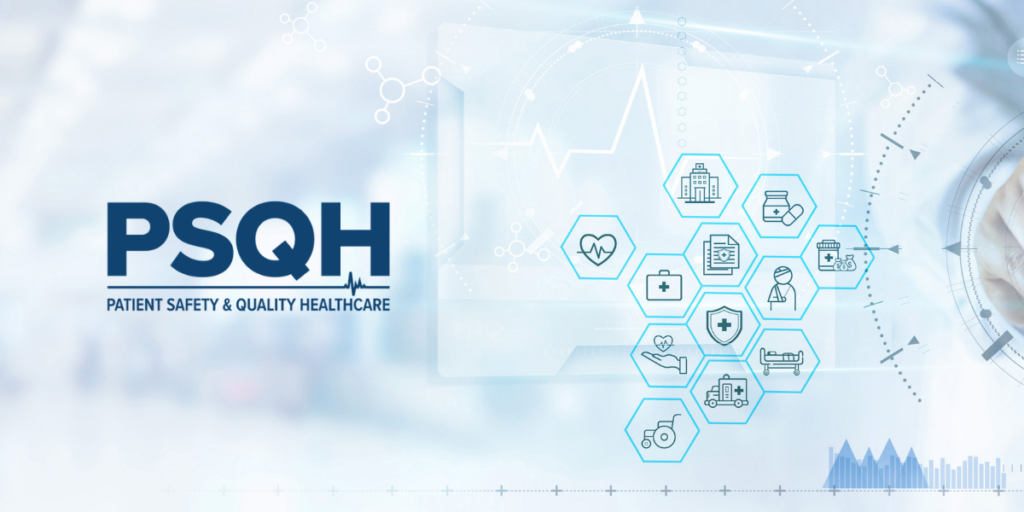
A recent Yale study shed light on a profoundly concerning trend: Despite escalating investments in health care over the past two decades, barriers to timely medical care have surged. Equally troubling is the exacerbation of racial and ethnic disparities in healthcare access. According to investigators from the Yale Center for Outcomes Research and Evaluation (CORE), from 1999 to 2018, the percentage of US adults facing barriers like phone accessibility, appointment availability, prolonged waiting times, inconvenient office hours, and transportation issues nearly doubled. By the close of 2018, 1 in 7 Americans grappled with such barriers.
Published on Oct. 28 in JAMA Health Forum, the study’s lead author, Dr. Cesar Caraballo-Cordovez, MD, a postdoctoral associate at Yale School of Medicine, remarked, “Importantly, there are disparities in these barriers, and they are getting worse.” He further highlighted that by 2018, Black and Latino/Hispanic adults were significantly more likely than their White counterparts to experience barriers, especially with prolonged waiting times and transportation challenges.
Such studies illuminate the need to proactively address the Social Determinants of Health (SDOH) – factors like safe housing, access to nutritious foods, and transportation – especially for Medicaid populations. These determinants play a pivotal role in health outcomes, and when not addressed, they perpetuate and deepen disparities.
Enter care management technology, an instrumental solution in bridging these gaps. With tools that facilitate predictive analytics, care coordination, referral tracking, and progress monitoring, we can ensure timely and equitable healthcare for all, particularly our most vulnerable.
- Understanding Social Determinants of Health (SDOH)
SDOH comprises many environmental, social, and economic elements influencing health outcomes. These determinants can gravely impact the health of Medicaid beneficiaries, accentuating the disparities illuminated by the Yale study.
- The Potential of Care Management Technology
Harnessing technology can help address these disparities:
- Identify Needs: Pinpoint those at high risk of adverse outcomes from unmet SDOH.
- Coordinate Care: Streamline communication among professionals, services, and Medicaid recipients.
- Track Referrals: Ensure not just referrals but actual beneficiary engagement and benefits.
- Monitor Progress: Adjust interventions based on real-time feedback.
- Beyond Referrals: Ensuring Actual Care Access
Beyond making referrals, the challenge lies in ensuring that services are actually accessed and utilized. Integrated referral platforms, real-time alerts, and feedback loops become crucial to avoid systemic drop-offs.
- Vision for Integrated Care
A holistic approach is indispensable to elevate health outcomes for Medicaid beneficiaries. The Yale study’s findings underscored that care should go beyond medical interventions to address broader environmental and social contexts.
The Yale study is a sobering reminder of the widening gaps in healthcare access. However, with the might of care management technology, we stand at the cusp of transformation, working towards a system where every individual, irrespective of race or socioeconomic status, can access timely and comprehensive care.



About The Author: Kenneth Young
Kenneth Young is an accomplished executive with a time-tested record of successful business performance. As the President and Chief Executive Officer of Medecision, he blends insightful business acumen with strategic planning and leadership to drive change and organizational improvements for growth. His expertise extends across diverse industries, including healthcare technology (ERP and SaaS), life sciences, manufacturing and professional services.
A skilled collaborator and leader, Ken’s experience spans executive roles in finance, operations and business transformation. At Medecision, he has held multiple roles critical to the company’s success, including Chief Financial Officer and Chief Transformation Officer. Ken spearheaded Medecision’s initiatives to enhance financial performance and new business development, accelerate business strategy and drive transformation as an ongoing opportunity that leads to lasting success.
As the Chief Operating Officer and Chief Financial Officer of Vidyo, a leader in video collaboration technology, Ken led the company’s strategies to enhance operational efficiencies, improve productivity and maximize profitability.
Prior to joining Medecision, as an experienced, results-oriented senior financial executive, Ken led high-growth public, private, US and multinational companies. While serving in leadership at Grant Thornton LLP, Ken was involved in several merger and acquisition transactions, and oversaw audit and business advisory services for public and private technology, manufacturing and service organizations.
More posts by Kenneth Young